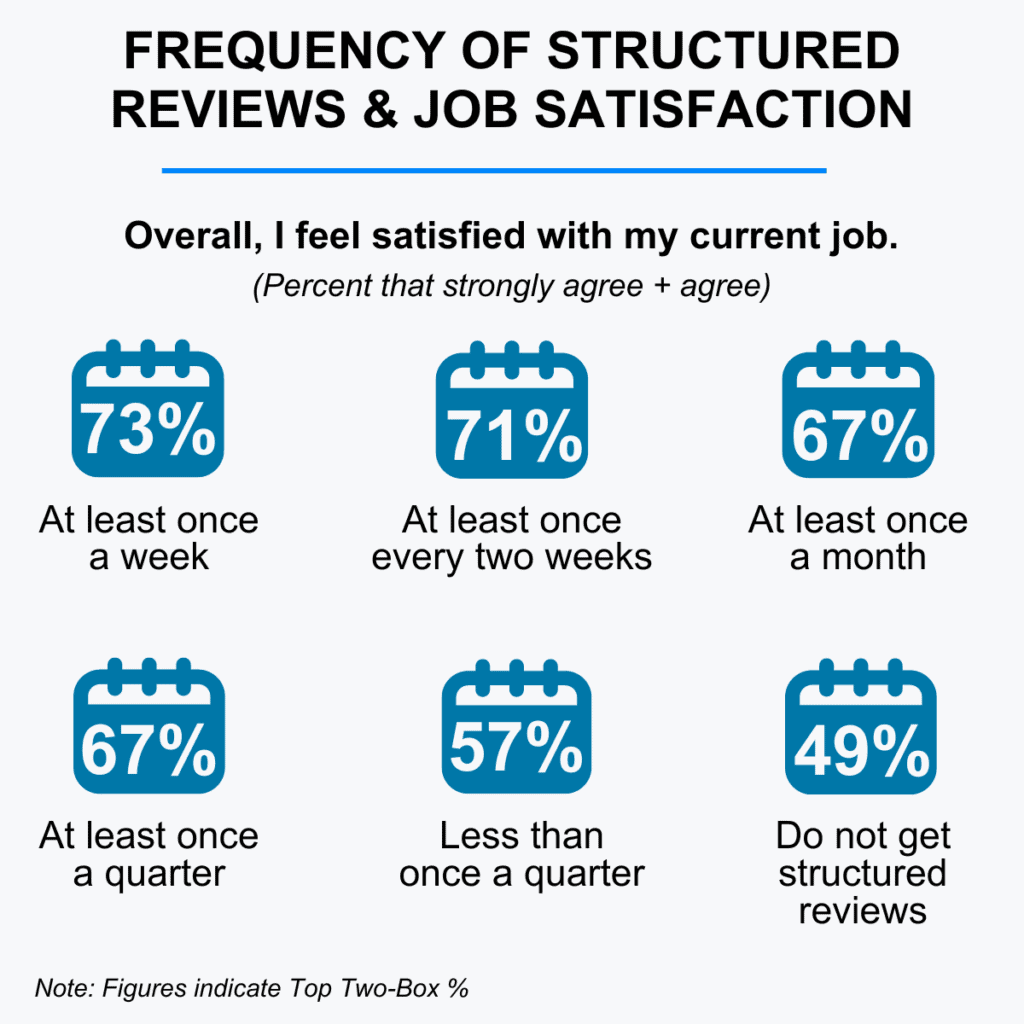
March 28, 2024
Balanced scorecards provide a holistic view of an organization’s site, program, department, team or employee performance. Rather than analyzing individual key performance indicators (KPIs), a balanced scorecard measures financial, customer, and internal processes and learning and growth perspectives.
A balanced scorecard is ultimately a shorthand name for a particular performance management tool. Organizations can use these tools to monitor and evaluate the performance of the various aspects of a business, such as quality, service, customer satisfaction and cost.
Contact centers have always been data-driven. In fact, sometimes, the problem is less about getting the data than understanding how to use the data to gauge performance. Regardless of the channel and vertical, contact centers typically have many KPIs from varying reports and often different reporting platforms.
Driving high-performance levels for each of these KPIs while ensuring the alignment of organization members is a delicate balancing act. The effective deployment of a scorecard can help organizations achieve this balance.
We examine the organizational benefits of a balanced scorecard in part one of a three-part series. Subsequent articles will discuss the following:
– What to consider when developing a scorecard
– How to best use scorecards within your operation
Proper, effective, and intentional design and usage of a balanced scorecard can help organizations realize many benefits. These benefits may well materialize both quantitatively and qualitatively.
The top six benefits of creating and deploying a balanced scorecard for performance management:
- Increase Employee Engagement
Qualitative and well-designed balanced scorecards are an effective tool to indirectly improve employee engagement.
Organizations that give regular performance reviews and provide feedback to staff improve employee satisfaction. Performance reviews also improve the likelihood of an employee staying with the company.
Employees who understand the organization’s expectations of them and who receive consistent assessments can accomplish both personal and professional objectives. Most everyone wants to be good at their job, and achieving goals builds a sense of pride and purpose that keeps staff engaged.
- Quantify Performance Improvement and Opportunity
A well-designed, balanced scorecard quantifies performance improvement and areas of opportunity. Organizations can then appropriately target the most impactful areas for improvement. Effective scorecards make building consensus around necessary actions and initiatives showing positive results easier. They remove the subjectivity from discussions around performance and performance improvement.
- Improve Communication and Alignment
We found that organizations frequently report very few metrics to frontline staff. Staff who are unaware of their performance are very unlikely to improve. Effective scorecards provide a clear and shared vision of the organization’s objectives, helping to improve communication and alignment.
Scorecards help drive consistency between departments and programs with supportive performance indicators that lend themselves to achieving broader goals. Additionally, scorecards create a common understanding that helps ensure effective communication about best practices and lessons learned relative to their impact on performance.

Course
Master operational excellence in your contact center and digital services to enhance customer satisfaction, drive sales, and reduce costs with COPC® Best Practices for Customer Experience Operations course.
- Achieve Sustained Improvement
Scorecards encourage a culture of sustained improvement by requiring a more holistic approach. Many organizations find themselves in a cycle of focusing on a specific metric, achieving short-term gains, and then shifting focus to a new metric. The shifting focus almost inevitably results in returning to the original metric only a few months after the initial improvements.
Organizations with a well-crafted scorecard must not improve one metric at the cost of others. That means trained users are more aware of the need to identify root causes carefully. They are better equipped to take action that will not negatively impact other parts of the business.
- Incentivize Employees
Incentives used in conjunction with a scorecard can help you reward high performers and encourage those who need to improve. Scorecards allow you to rank order provider, site, team, agent and manager performance quantifiably. This approach lets an organization objectively reward high-performers while making it clear to low-performers where they need to improve and by how much. This clarity around an incentive program is imperative to maximize the value of the incentives.
- Drive Accountability
Effective scorecards link performance to the organization’s overall performance and goals. This linkage can help communicate performance and results to various stakeholders.
A well-designed and balanced scorecard with solid supplementary processes will help increase accountability.
An overall score, weighted by individual metric performance, can also help the executive team understand program health at a glance. It enables organizations to identify where the problem exists and allows them to focus on the correct areas for performance improvement.

Part Two:
Creating a Balanced Scorecard: What to Consider
Learn how to develop a balanced scorecard for performance management.
